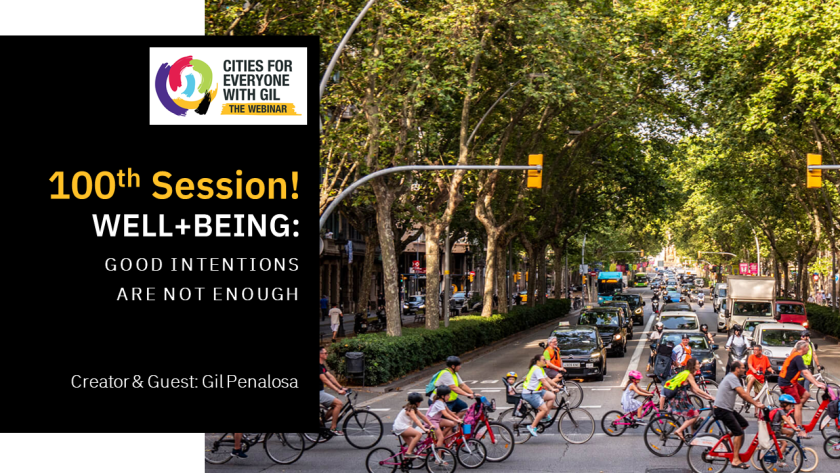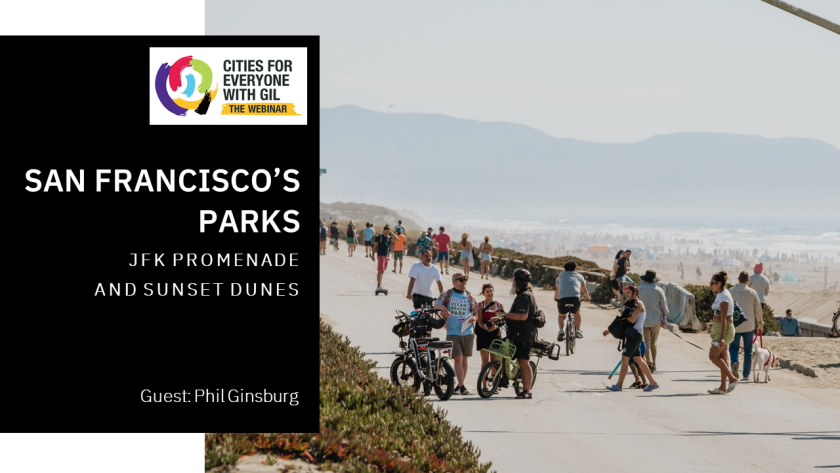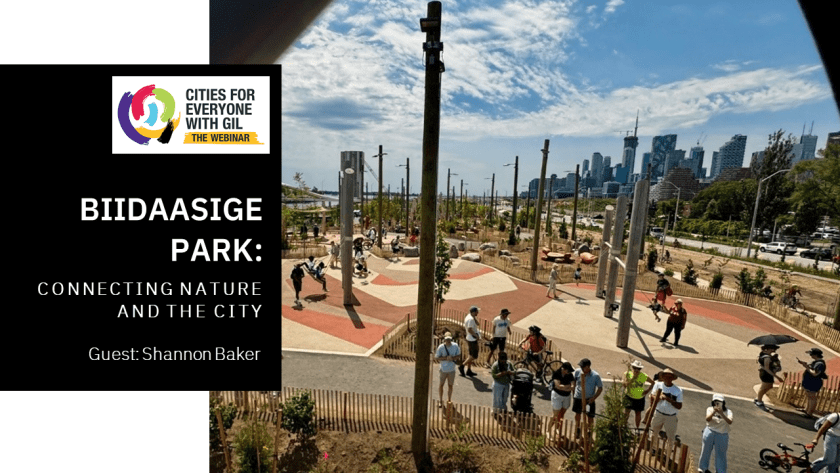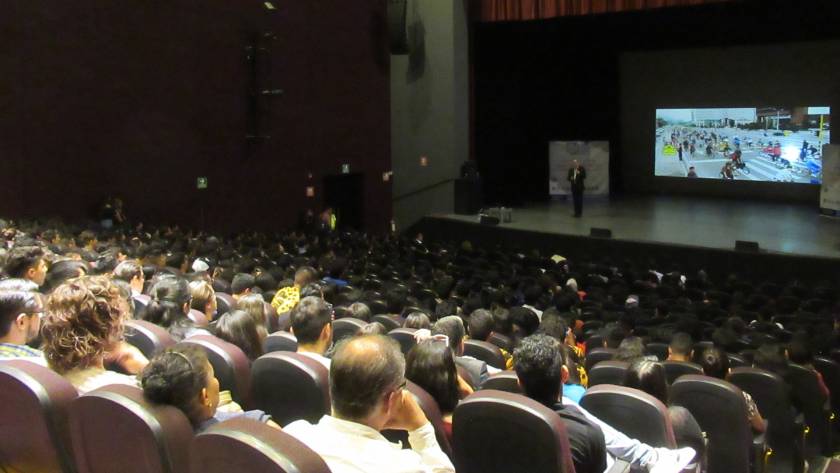Key Takeaways
⇢ Designing for delight—playful “snot-and-drool” moments—makes places memorable and adored.
⇢ Embody kindness in design: small gestures of care ripple into broader social solidarity.
⇢ While individual “first acts” (unpaved road, treehouse, school garden) spark momentum, sustainable placemaking requires collective ownership and iteration.
Summary
a. Low-Cost, Rapid Pilots:
○ Simple interventions, such as movable chairs, hammocks, and…
Read More












